Browse Our Books
You can browse our books easily with any of the following filters, hover over the filters or their titles to see their descriptions.
Reading Level
Categories
Or you can use quick search or switch to advanced search for better results...
Search Results (Found 5105 results)
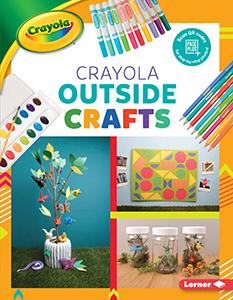
Crayola® Outside Crafts
Explore science, the outdoors, and more with these Crayola crafts! Easy-to-follow instructions and photos guide readers. QR codes for each project link to a digital landing page showing more detailed steps and photos.

Crayola® Rain Forest Colors
Red deserts, gold prairies, green forests, and more await in this colourful look at world biomes. Readers explore the climate, plants, and animals of six environments, while a zoom-in feature highlights the most vivid details.
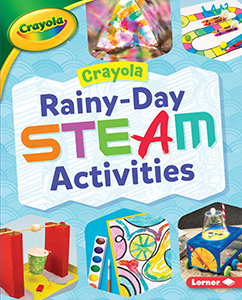
Crayola® Rainy-Day STEAM Activities
These fun activity books integrate active nonfiction with STEAM: science, technology, engineering, art, and math. Step-by-step instructions and colourful photos guide readers through hands-on activities and inspire them to develop a maker mindset.

Crayola® Ramadan and Eid al-Fitr Colors
Celebrate the holidays in vibrant colour with Crayola®. Dazzling photos and engaging text explore each holiday's traditions. A back matter feature correlates the colours in the photos to Crayola colours, and each book includes a reproducible colouring page.
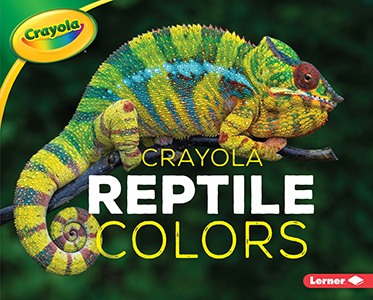
Crayola® Reptile Colors
Jewel-toned beetles, rosy-pink salmon, and neon-green tree pythons are just a few of the countless colourful animals that inhabit Earth. Young readers will explore different classes and types of animals and learn about their habitats, food webs, and life cycles.
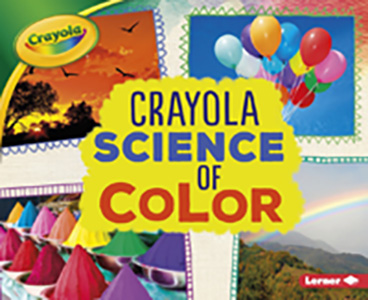
Crayola® Science of Color
This charming Crayola® series is a celebration of colour in our world-how new colours are discovered, the role colour plays in cultures around the world, and what colour does in nature and in art. Readers will explore the red of Chinese New Year, how darks and lights work together in paintings, the orange and black of a monarch butterfly, why we see colours the way we do, and more. Brightly coloured photos, simple text, and fun Crayola design features come together to help readers understand and

Crayola® Seasons
The blue of the summer sky, orange leaves in fall. Celebrate the colors of the seasons with this charming Crayola® series. Vibrant photos and lyrical text encourage readers to notice colour in the real world. Illustrations demonstrate art techniques and encourage readers to create art inspired by the seasonal colours around them. A special feature shows the Crayola® colours that can be found in the photos throughout the book.

Crayola® STEAM Teams: Creativity, Innovation, and Teamwork
Take a look at the many ways that teams use STEAM to solve problems. From developing smartphones to capturing images of black holes, there's nothing teams can't do when they work together!
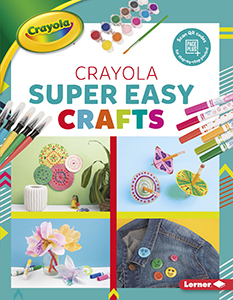
Crayola® Super Easy Crafts
Explore science, the outdoors, and more with these Crayola crafts! Easy-to-follow instructions and photos guide readers. QR codes for each project link to a digital landing page showing more detailed steps and photos.
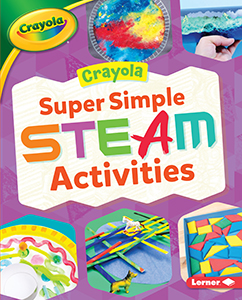
Crayola® Super Simple STEAM Activities
These fun activity books integrate active nonfiction with STEAM: science, technology, engineering, art, and math. Step-by-step instructions and colourful photos guide readers through hands-on activities and inspire them to develop a maker mindset.